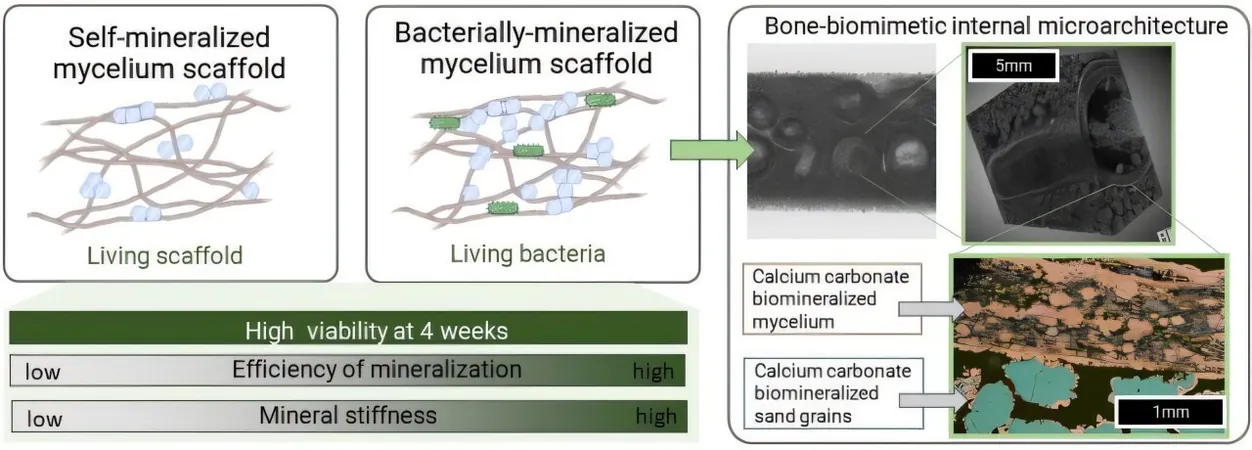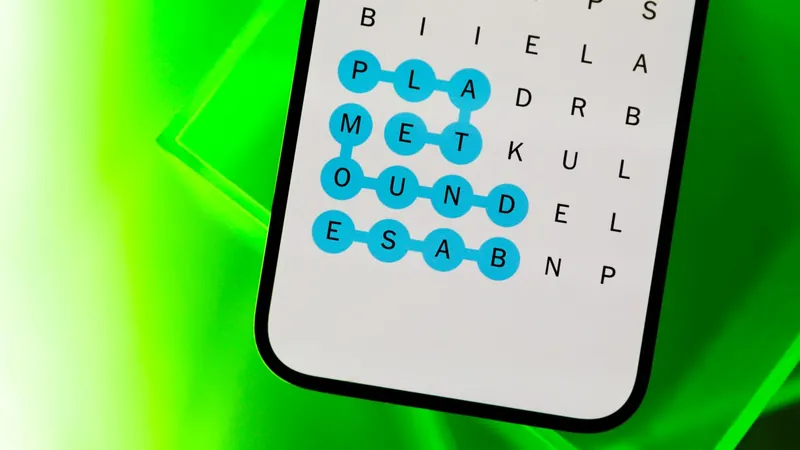
Revolutionary Living Building Material Self-Repairs for Over a Month
2025-04-16
Author: Daniel
Engineers Unveil Self-Healing Building Material
In an impressive breakthrough, engineers have crafted a groundbreaking building material utilizing the root-like mycelium of fungi, paired with bacterial cells. This innovative creation, reported in *Cell Reports Physical Science*, showcases remarkable self-repairing capabilities and presents a promising eco-friendly alternative to conventional high-emission materials like concrete.
A Strong Foundation for Sustainability
Chelsea Heveran, an assistant professor at Montana State University and the study's corresponding author, acknowledges that while current biomineralized materials lack the strength to fully replace concrete in all scenarios, ongoing research aims to enhance their properties for broader application.
A Month of Longevity—A Game Changer
Unlike other biomaterials that only endure a few days or weeks, this team's innovative creation can function effectively for at least a month. Heveran expresses excitement about the potential of these cells to undertake additional vital functions.
Self-Repair and Environmental Cleanup
As the bacteria thrive within the material, they not only enable self-repair when the structure faces damage but also contribute to cleaning up environmental contaminants. This dual functionality makes the biomaterial immensely valuable.
Commercial Viability on the Horizon
Living-based materials are slowly making their way into commercial use; however, those utilizing actively living organisms present notable challenges concerning lifespan and structural complexity essential for construction needs. To navigate these obstacles, the research team, led by Ethan Viles from Montana State University, effectively leveraged fungal mycelium as a scaffold—building on its prior successful applications in packaging and insulation.
Mimicking Nature's Design
The team worked with the fungus species *Neurospora crassa*, which enabled them to craft a variety of materials with intricate internal structures. Heveran remarked, "We discovered that fungal scaffolds are incredibly effective for regulating the internal architecture of the material," alluding to designs that resemble human cortical bone—yet the potential to explore other forms remains endless.
Combatting Climate Change with Innovation
The researchers envision these new biomaterials as key players in reducing reliance on cement—culprit to approximately 8% of global CO2 emissions. Their next goal? To refine these materials further, enhancing cell longevity and streamlining manufacturing processes for large-scale production.



 Brasil (PT)
Brasil (PT)
 Canada (EN)
Canada (EN)
 Chile (ES)
Chile (ES)
 Česko (CS)
Česko (CS)
 대한민국 (KO)
대한민국 (KO)
 España (ES)
España (ES)
 France (FR)
France (FR)
 Hong Kong (EN)
Hong Kong (EN)
 Italia (IT)
Italia (IT)
 日本 (JA)
日本 (JA)
 Magyarország (HU)
Magyarország (HU)
 Norge (NO)
Norge (NO)
 Polska (PL)
Polska (PL)
 Schweiz (DE)
Schweiz (DE)
 Singapore (EN)
Singapore (EN)
 Sverige (SV)
Sverige (SV)
 Suomi (FI)
Suomi (FI)
 Türkiye (TR)
Türkiye (TR)
 الإمارات العربية المتحدة (AR)
الإمارات العربية المتحدة (AR)